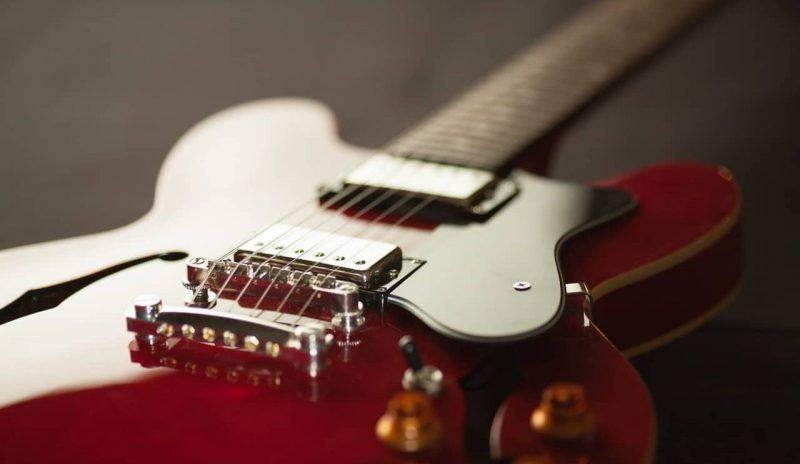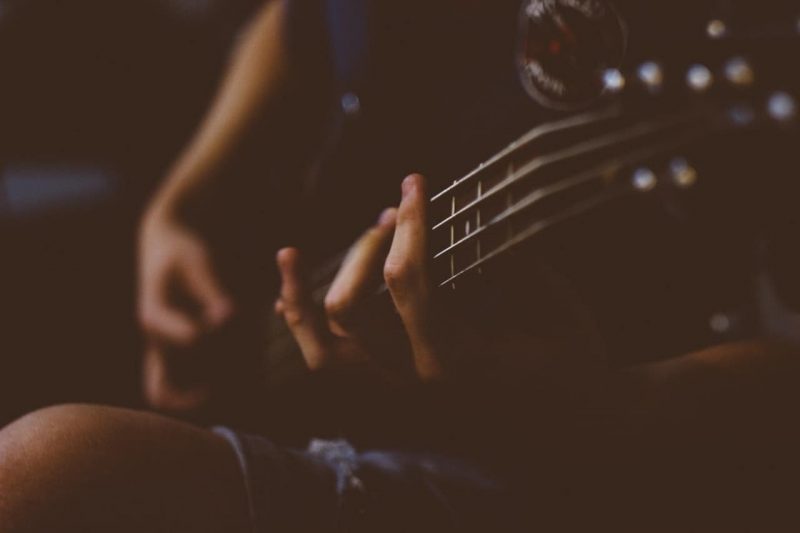The string instruments are those that produce sound by the vibration of a series of strings from human action applied with the fingers, with the fist or with accessory elements of different kinds. For instance: guitar, low, violin, zither.
Precisely the classification of string instruments – which make up a huge group, perhaps the majority within the instruments that exist – is based on the way in which the string produces the sound.
What does physics say?
A large part of the music has its roots in questions related to physics, and in particular in string instruments an essential property of any string is important: the tension, since the more tensioned the string is (and the shorter it is), the higher the sound will be, while the more relaxed it is and the longer it is, the lower the sound will be.
The physical question of stringed instruments is based on a basic mechanism, which is that of the transverse wave propagating through the rope.
According to an international convention, for example, ‘the‘which is to the right of the ‘do’ central piano produces a vibration at 440 Hz (440 times per second). By extension, for all instruments and mainly in concerts, this central parameter is taken.
Physical properties also cover the way different types of instruments acquire in terms of resonance, precisely what gives the particular sound to each one and allows the existence of a spectrum so big of stringed instruments.
Types of string instruments

As noted, the most important classification about stringed instruments is based on the way the string is moved to produce sound:
- Of rubbed rope. They are those that perform the vibration when rubbed with an arc arranged by a flexible and somewhat curved rod, although sometimes what is done is a kind of ‘pinched’, giving a particular sound.
- Percussed string. They are those in which the strings must be struck to sound: the piano is the best known of these, but there are many others.
- The pulsed instruments. They are those in which the contact is direct with the string and the vibration occurs when it is pressed with the tension that is decided.
In the case of rubbed and pulsed instruments, an additional differentiation is made with respect to whether or not they have frets, that is, those that have a demarcated separation on the fingerboard to separate musical notes in a staggered way and those that do not have that demarcation, in the latter the notes follow one another in the form of a ‘ramp’.
Examples of string instruments
| Fiddle | Mandolin |
| Double bass | Steel guitar |
| Viola | Guitarron |
| Cello | Charango |
| Piano | Banjo |
| Clavichord | Sitar |
| Psalter | Zither |
| Cymbal | Lute |
| Harp | Low |
| Guitar | Fretless bass |

